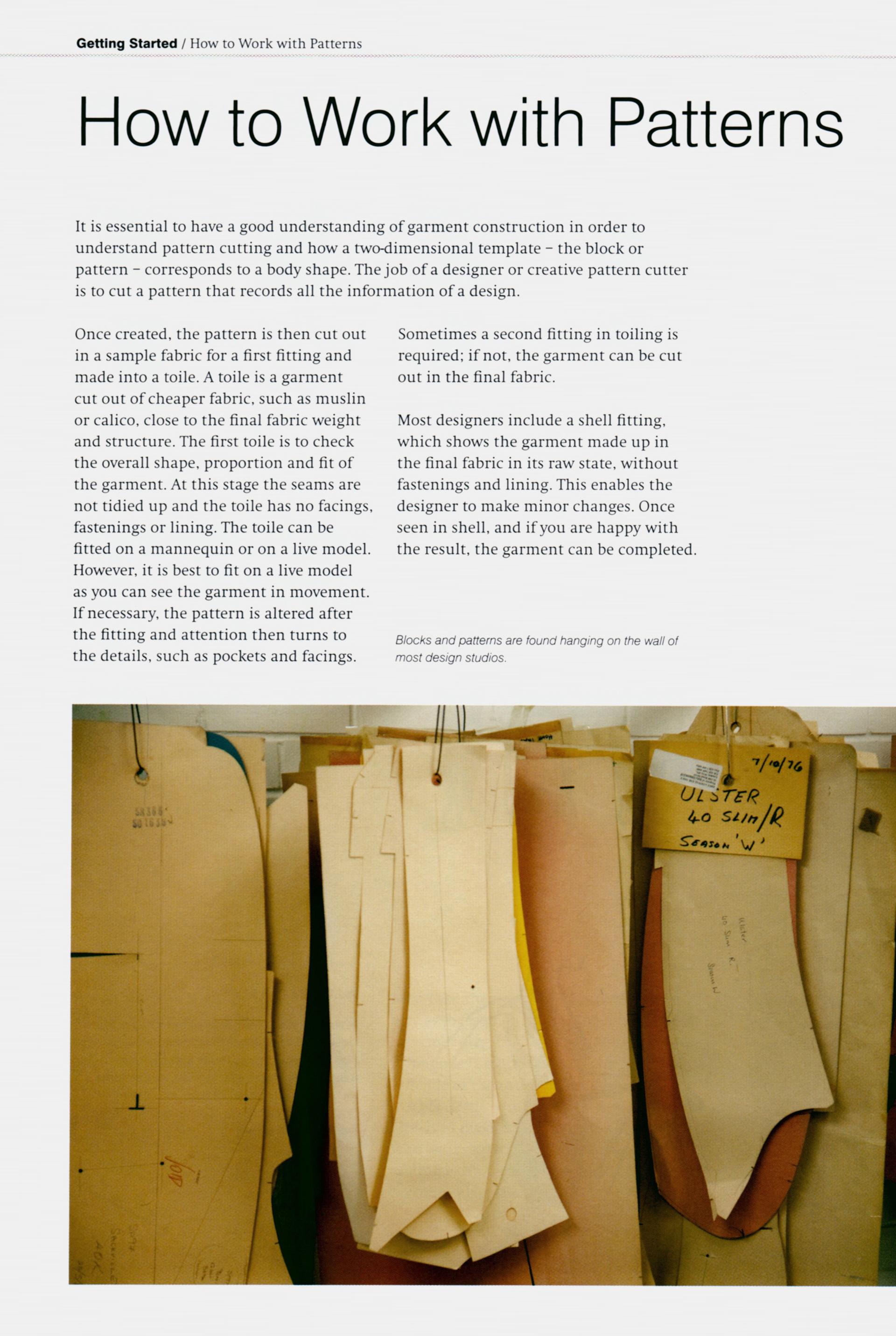Title: The Art of Selecting a Tie: A Comprehensive Guide
Selecting a tie can be a daunting task, but with the right guide, it can become an art form. The first step in selecting a tie is to consider the occasion and the dress code. For formal events such as weddings or business meetings, a classic necktie made of silk or wool is appropriate. For more casual occasions, a patterned or striped tie may be more suitable.Next, consider the color of the tie. Darker colors such as navy, black, or gray are traditional choices for men and can match well with most clothing. Lighter colors such as pink or yellow can add some personality to a suit and make a statement at a more informal event.Another factor to consider is the texture of the tie. Silk ties are elegant and timeless, while cotton ties are more lightweight and versatile. Other options include paisley or floral prints, which can add a touch of whimsy to any outfit.Finally, pay attention to the width of the tie. A wide tie can add volume to your outfit, while a narrow tie can create a sleek and sophisticated look. It's also important to ensure that the length of the tie falls just above your beltline.By following these tips, you can select a tie that not only looks great but also complements your personal style and the occasion you're attending.
In the realm of men's fashion, few items hold as much significance or as much versatility as a well-chosen tie. Not merely a decorative accessory, a tie can be a statement piece that accentuates one's personal style, adds sophistication to a formal outfit, or even expresses a particular mood or theme. But with such an array of options available in the market – from vibrant colors and patterns to intricate designs and textures – selecting the perfect tie can seem like an insurmountable task. That is where this comprehensive guide comes in, offering a detailed exploration of the process of choosing and evaluating ties, along with practical tips and tricks for making the right selection. Whether you are a seasoned fashion connoisseur or simply looking to elevate your everyday look, this article is sure to provide valuable insights and inspiration. So, without further ado, let us delve into the art of selecting the perfect tie.
Chapter 1: Understanding Tie Types and Characteristics

The first step in choosing a tie is to become familiar with the various types and characteristics that exist in the market. A tie can be broadly classified into four categories: solid ties, pattern ties, stripes, and prints. Each type offers a unique set of visual elements that can influence its suitability for different occasions and outfits. For instance, solid ties feature a single color or hue, which can make them appropriate for more casual settings or understated events. In contrast, pattern ties incorporate multiple colors or shapes, creating a bold and eye-catching effect that may be more suitable for special occasions or when aiming to make a statement. Stripes and prints, on the other hand, add texture and depth to a tie, while also providing opportunities for personal expression through the choice of pattern or design. Other characteristics to consider when selecting a tie include its length (longer ties are typically worn with dressier outfits), width (narrower ties create a slimmer silhouette), and material (cotton, silk, or synthetic blends each offer their own advantages and drawbacks). By understanding these factors, you can begin to narrow down your options and identify potential matches for your personal style and preferences.
Chapter 2: Evaluating Color and Pattern
One of the most important aspects of tie selection is determining the right color and pattern to suit your individual taste and the occasion at hand. When it comes to colors, there are many considerations to keep in mind. Black is often seen as a classic and versatile option, suitable for almost any event or setting. However, black ties can also come in variations such as dark gray or navy blue, which add subtlety and depth to the overall look. Other colors that can be effective in tying together an outfit include neutrals like gray, white, and beige, as well as bolder shades like red, green, or blue. As for patterns, the possibilities are virtually endless, ranging from simple geometric patterns like squares or circles to more complex ones like plaids or houndstooth. Some people prefer ties with no pattern at all, opting for solid colors or subtle textures instead. The key is to choose a pattern that complements your skin tone and hair color, and that aligns with the mood or theme of the event you will be attending. Additionally, it is worth experimenting with different combinations of color and pattern to discover what works best for you personally.

Chapter 3: Suiting the Occasion
Another crucial factor to consider when selecting a tie is how well it suits the occasion or event you will be attending. For example, a black tie is traditionally worn for formal dinners, weddings, and other formal events where guests are expected to adhere to a specific dress code. On the other hand, a light-colored or patterned tie may be more appropriate for business meetings, casual outings with friends, or less formal events like charity fundraisers. Similarly, certain colors and patterns may be more suitable than others depending on the time of year or location. For instance, red may be viewed as too bold for summertime wear in some cultures, while yellow may be associated with warmth and happiness in others. By taking these factors into account when selecting a tie, you can ensure that it enhances rather than detracts from your overall appearance and impression.
Chapter 4: Mixing andMatching

Finally, once you have selected the perfect tie for your needs and preferences, it is time to think about how to integrate it into your outfit. This may involve mixing and matching different pieces of clothing to create a cohesive and stylish look. For example, pairing a patterned tie with a plain shirt and trousers creates a striking contrast that highlights both elements of the ensemble. Alternatively, wearing a brightly colored tie with neutral clothing creates a fun and energetic vibe that is perfect for social events or casual outings with friends. It is also worth experimenting with different styles of neckties – whether bow ties, clips, knots, or scarves – to find the ones that work best for you. The key is to keep things simple yet interesting by avoiding overkill or mismatching too many different elements at once. With practice and experimentation
Articles related to the knowledge points of this article::
Title: The Art of Wearing an Ode to Fashion: The Enchantment of Blouses and Ties
Title: How to Store a Tie for Longevity and Appearance
Title: Embracing the Perfect Blend of Style and Substance: An Insight into Dirk Blue Ties
Title: The Art of Embroidered Ties: A Tribute to the Timeless Charm of Silk Yarn Ties
The Unspoken Art of Tie Adjustment: Mastering the Art of Collar Points and Beyond



